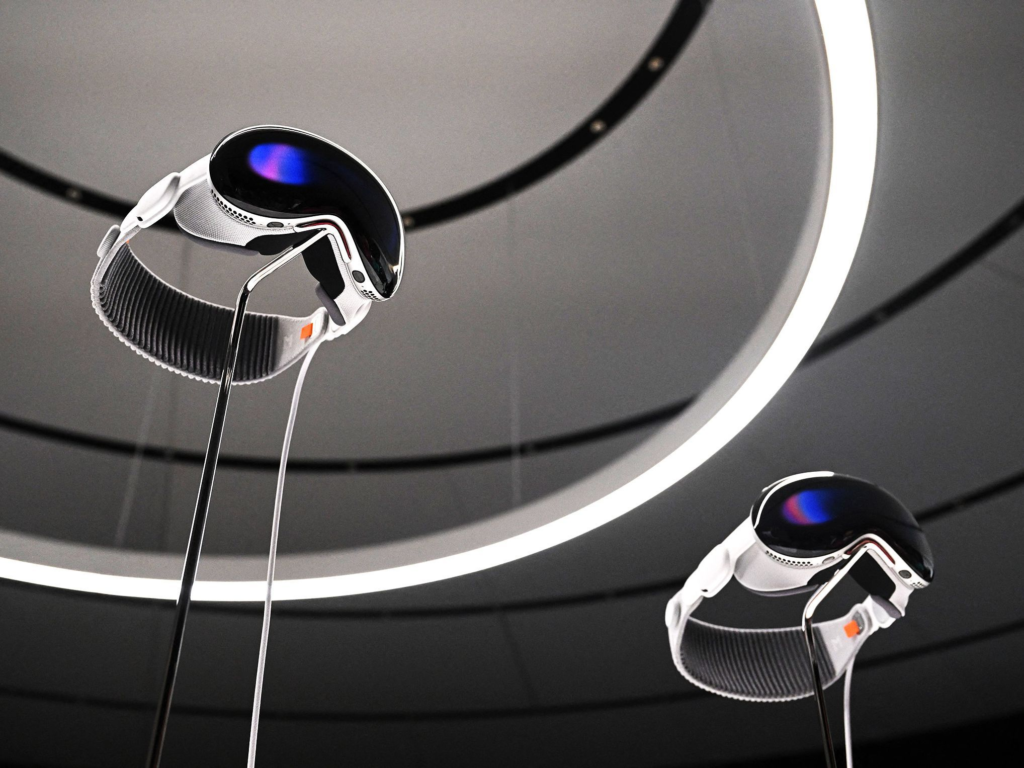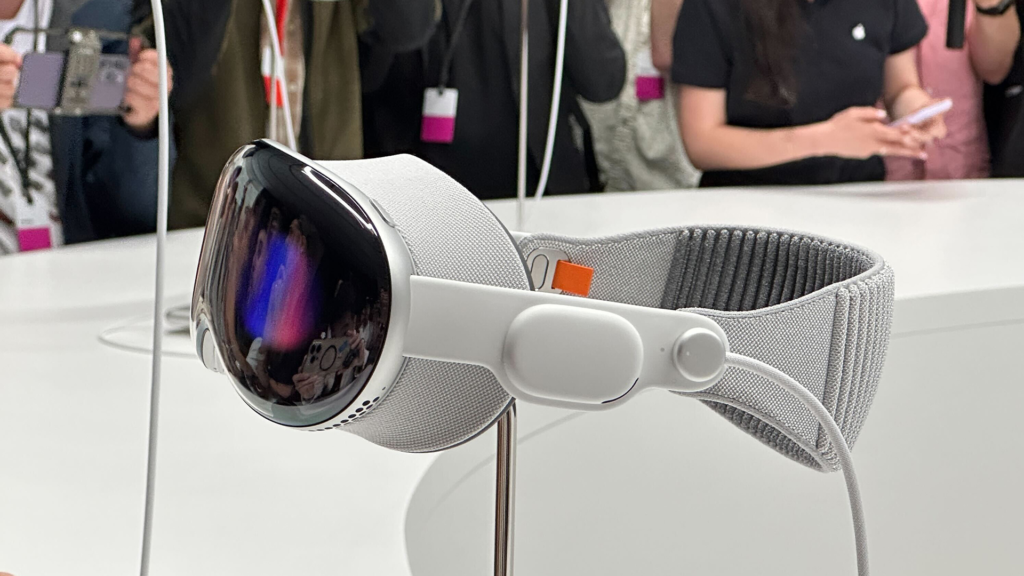Apple is working hard to fix the problems people had with its first Vision Pro headset. The company develops two new versions of its product line based on available reports. There will be two different models that offer reduced weight and price and Mac computer connectivity. The company implements new modifications that enhance both usability and reduce price.
A Lighter and Cheaper Vision Pro Is Coming
The first Vision Pro headset, released last year, was heavy and expensive. It weighed over one pound, and many users said it hurt their necks after long use. It also costs seven times more than Meta’s Quest 3 headset. Apple’s new version wants to fix these issues.
The lighter model will use different materials to reduce weight. Apple might remove some parts, like the front screen that shows the user’s eyes. The cost of the vehicles could decrease because of the enhanced design. The cost of the vehicles could decrease because of the enhanced design. The experts forecasted that the product would cost $1,500, although they did not disclose the exact pricing details. The revised price starts at $1,500 and maintains affordability compared to the original $3,500 launch price tag.

A New Vision Pro That Connects to Mac Computers
Apple is also making a special Vision Pro for professionals. This version will plug into a Mac with a cable instead of using wireless connections. Why? Because wires can send data faster, which means no delays. This is important for jobs like surgery or flight training, where even a tiny lag could be dangerous.
This Mac-connected headset will still use cameras to show the real world, just like the current Vision Pro. Earlier ideas about using clear lenses were dropped. Apple thinks the camera method works better for now.
Why Making a Cheaper Vision Pro Is Hard
Creating a lighter and cheaper headset is not easy. The original Vision Pro uses high-quality parts like aluminum and glass. Replacing these with plastic might make it feel less premium. Apple also has to keep the screen sharp and the performance fast. If they cut too many features, users might not like it.
Another challenge is the price. Even at $1,500, the headset would still cost three times more than Meta’s Quest 3. Apple needs to convince people it is worth the extra money.
Tim Cook’s Dream of AR Glasses
Apple CEO Tim Cook has always wanted to make augmented reality (AR) glasses. These would look like regular glasses but show digital information over the real world. The Vision Pro is a step toward that goal.
Right now, AR glasses are too hard to build. They need tiny parts and long battery life, which do not exist yet. By improving the Vision Pro, Apple can learn what works before making glasses.
What People Are Saying About the New Models
Mixed Reactions from Users
Some users are excited about a cheaper Vision Pro. Others worry it will not be good enough. On social media, one person wrote, “If Apple removes too much, it might feel like a cheap toy.” Another said, “I just want something comfortable. The original hurt my head after an hour.”
Professionals like doctors and pilots are more interested in the Mac-connected version. They need reliable tools, and a wired headset could be perfect for training or surgeries.
Why This Matters for Apple’s Future
Apple’s Vision Pro is not just a gadget. It is part of a bigger plan to change how we use technology. If the new models succeed, they could make virtual reality normal for work and play. If they fail, Apple might fall behind companies like Meta.

The lighter and cheaper Vision Pro could bring in new users who want to try VR without spending thousands. The Mac version could make Apple the top choice for businesses. Both moves keep Apple in the race to lead the next era of computing.
As Apple works on these updates, all eyes are on how it balances price, comfort, and power. The company’s reputation for quality is on the line. For now, fans will have to wait to see if the new Vision Pro headsets live up to the hype.





